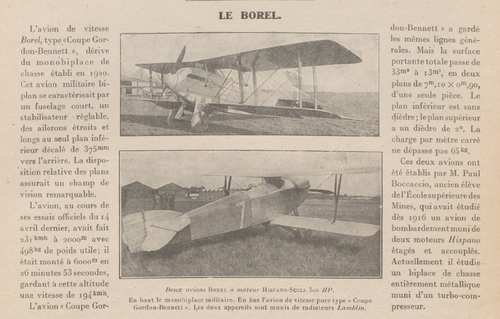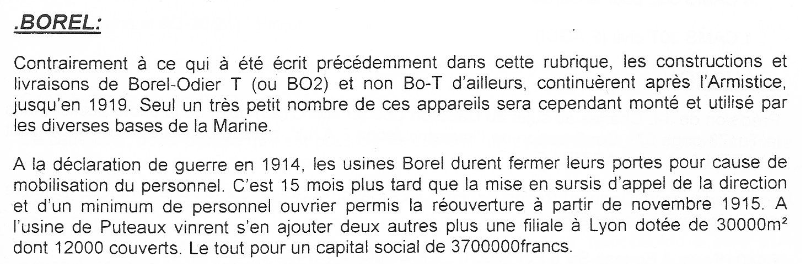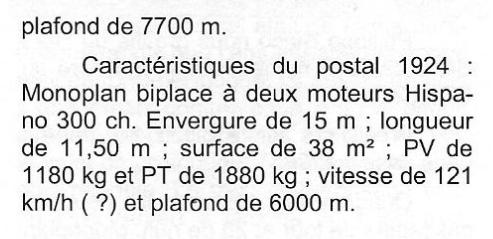By the way,
the numbers of designation is not related to the years,and as I think the Bo.11 was just identification to the year
by this period,but the whole series maybe as following;
Bo.1 was a two-seat monoplane,called Borel-Morane,1910
Bo.2 was a looks like Bleriot-IX,1910
Bo.3 was a pusher biplane,1911
Bo.4 was two-seat military trainer float monoplane,1911
Bo.5 was a single seat military monoplane,1911
Bo.6 was a four-seat military monoplane,1911
Bo.7 was a two-seat trainer military monoplane,(Obus),1912
Bo.8 was a two-seat float monoplane,1912
Bo.9 was a two-seat monoplane with skids,1912
Bo.10 was a single-seat racer monoplane,called L'Obus,1912
Bo.11 was a two-seat trainer float monoplane for Navy,1913
Bo.12 was a single seat monoplane with skids,1913
Bo.13 was a military monoplane with a machine gun,called Borel-Ruby,1913
Bo.14 was a two-seat military monoplane with a machine gun and pusher engine,called Type Militaire,1913
Bo.15 was a racer flying boat,a monoplane like,with pusher 160 hp Gnome engine,called Monaco,1913
Bo.16 was a four-seat patrol and torpedo bomber seaplane,powered by two 220 hp HS V-8 engines,called Borel- Odier
Bo-T,1915
Bo.17 was a single seat fighter biplane, with machine guns,and called C.1,never completed,1918
Bo.18 was a three-seat twin float high-seas biplane Project,powered by three 400 hp Lorraine engines,1918
Bo.19 was a three-seat twin float biplane,based on Bo-T,powered by two 400 hp Liberty engines,never completed,1918
Bo.20 was a 10-seat twin float biplane,as a transport aircraft,developed from Bo-T,and called Bo-C,destroyed before
test in 1919



